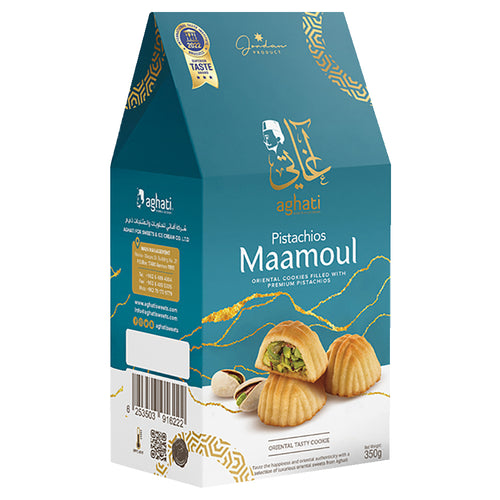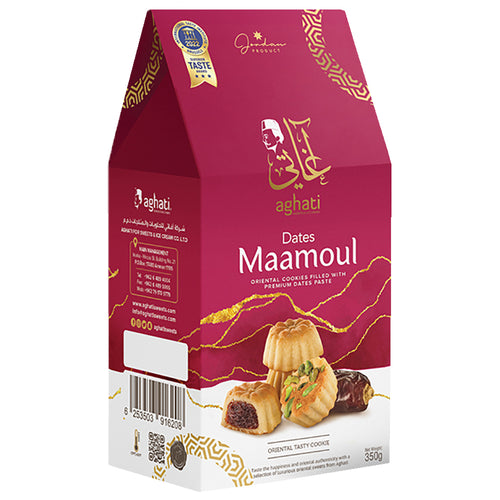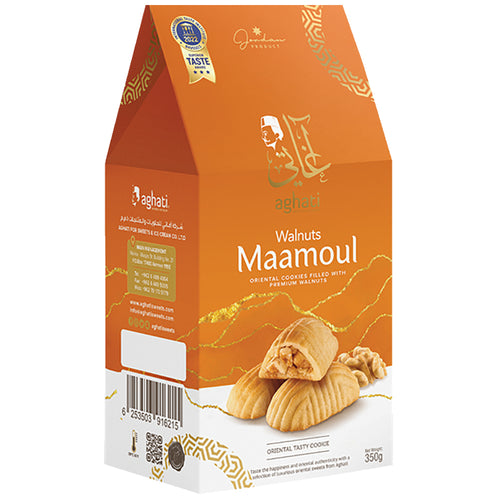Maamoul, the beloved Middle Eastern pastry, stands as a testament to the rich culinary heritage of the region. Comprising a delectable fusion of flavors and a delightful blend of tradition and innovation, these delicate pastries hold a special place in the hearts and homes of many across the Middle East. Let’s embark on a flavorful journey exploring the history, ingredients, variations, and cultural significance of maamoul.
History and Tradition: Maamoul, showcases a heritage that spans centuries. Its origins can be traced back to ancient Mesopotamia and Egypt. Traditionally prepared for festive occasions like Eid, Easter, and other celebratory moments, maamoul recipes have been passed down through generations, often guarded as family treasures. These pastries embody the essence of togetherness, family bonding, and the joy of sharing.
Ingredients and Preparation: Maamoul is typically made from a delicate shortbread-like dough, filled with a variety of sweet, aromatic fillings. The dough is often crafted from a combination of semolina, flour, butter, or ghee, giving it a crumbly texture. The fillings vary regionally and might include dates, nuts like pistachios, walnuts, or almonds, subtly flavored with rosewater or orange blossom water. The dough is carefully molded using wooden molds or hand-pressed to create intricate designs that signify the type of filling within.

Cultural Significance: Beyond its culinary excellence, maamoul holds cultural significance. It represents hospitality, generosity, and the importance of communal sharing. The process of making maamoul is often a communal activity, where family members gather to craft these delectable treats, fostering a sense of unity and tradition.
Modern Adaptations and Global Appeal: In contemporary times, maamoul has garnered global acclaim, finding its way onto the tables of individuals worldwide. Its appeal lies not only in its exquisite taste but also in the story it narrates—of tradition, family ties, and cultural richness. With adaptations to suit dietary preferences and modern twists on fillings, maamoul continues to charm new audiences while retaining its timeless essence.
In conclusion, maamoul isn't just a dessert; it's a delightful symbol of Middle Eastern heritage, familial bonds, and cherished traditions. Its enduring presence on celebratory occasions and its ability to unite generations through the joy of sharing make it a treasure worth savoring, both for its flavors and its cultural significance. Whether enjoyed during festive seasons or shared among friends, maamoul is a sweet reminder of the enduring beauty found in culinary traditions passed down through the ages.




